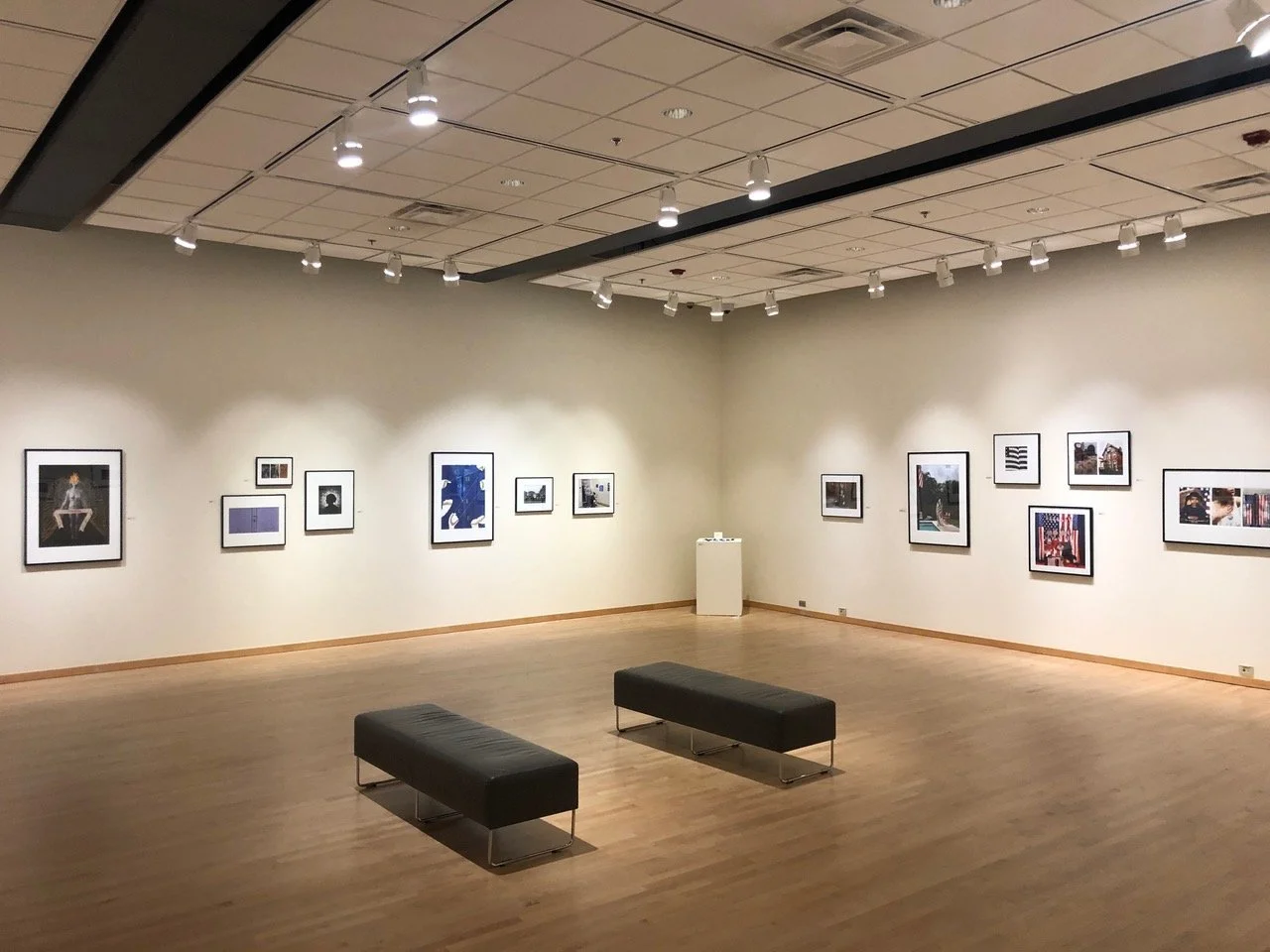Understanding the Gallery's Mission and Vision
Before approaching any gallery, it's crucial to understand what drives them. Each gallery has its own mission and vision, which often reflects in the type of art they display and the artists they represent. Spend time researching and visiting galleries to get a sense of their style and focus.
Aligning your art with the gallery's mission can significantly increase your chances of beingrepresented. When a gallery sees that your work resonates with their goals, they're more likely to take an interest in your portfolio.
Building a Cohesive and Unique Art Portfolio
A strong portfolio is essential for any artist looking to be represented by a gallery. Ensure your portfolio is cohesive, showcasing a clear, consistent style and theme. Galleries are looking for artists who have a unique voice and a distinct artistic identity.
Include a variety of works that exemplify your range and skill, but avoid including pieces that deviate too much from your central theme. A well-curated portfolio can make a significant impact and demonstrate your professionalism and dedication to your craft.
The Importance of Professional Presentation and Branding
Professional presentation can set you apart from other artists. Invest in high-quality photographsof your work, and consider creating a clean, well-designed portfolio website. Your presentation materials should reflect the quality and seriousness of your art. Branding extends beyond your portfolio. Consistent social media profiles, a professional artist statement, and a clear narrative about your journey and work can help galleries see you as a marketable and committed artist.
Networking and Building Relationships in the Art Community
Networking is a key aspect of gaining gallery representation. Attend art openings, panel discussions, and other events where you can meet gallery owners, curators, and fellow artists.Building genuine relationships within the art community can open doors and provide valuableopportunities.
Don't be afraid to engage with galleries on social media or through email. Express your admiration for their work and start a conversation. Building a rapport can make a significant difference when you're ready to submit your portfolio.
Demonstrating Consistency and Commitment to Your Art Practice
Galleries are looking for artists who are serious about their craft. Demonstrate your commitment by regularly creating and showcasing new work. Consistency in your art practice shows that you are dedicated and reliable.
Participate in exhibitions, apply for residencies, and seek out opportunities to display your work publicly. These activities not only build your resume but also show galleries that you are proactive and engaged in the art world.



